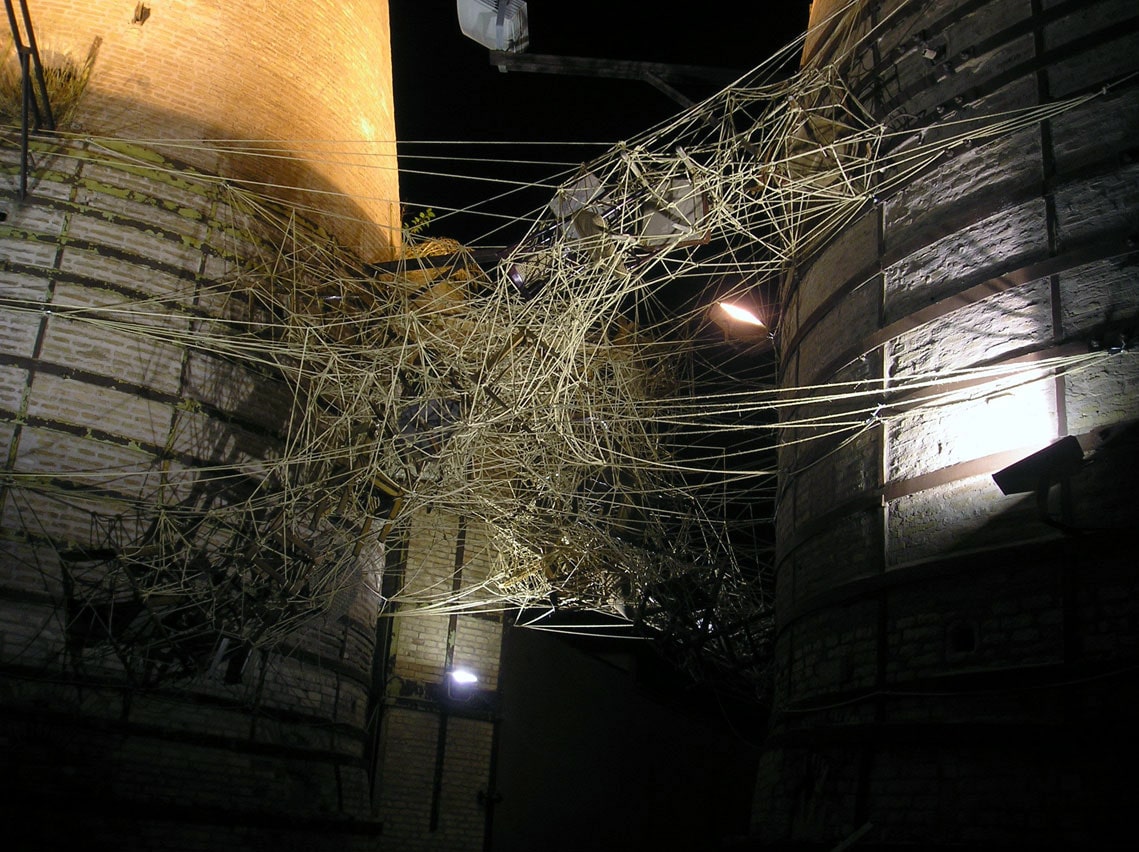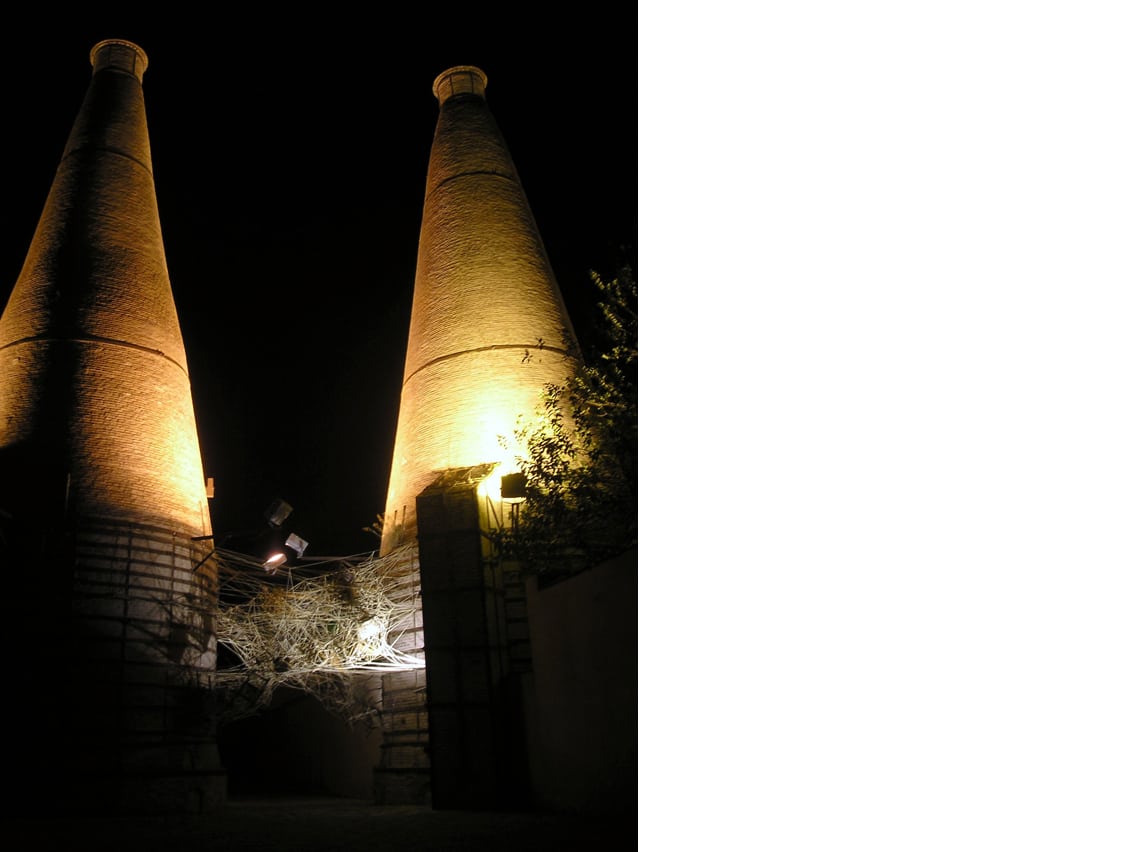Tug of War



Tug of War
A passage in which broken commodities have gotten caught like in a fishing net. And a room full of money, banknote next to banknote, wall by wall. The first impression of these installations is that they seem to lead from one climatic zone to another. The serial arrangement in the Safe stands against the mess in the Gate. There, it appears that the pieces of furniture and edifice fragments have been whirled up by a storm and gotten stuck in a web of ropes and wires. A bottleneck is presented, a stuck fast situation of halted, held up dynamics. Not that the heap would overgrow its architectonic resistance. Rather, it becomes clear how slant its chances are to get through. Andreas Savva comes from Cyprus. His artistic perspective is that of the torn island on the brink of Europe. If we take the Gate as a dignified political formulation of a granted or denied right of entry and the collected chaos as a symbol of the disparate, unrestrained forces, then we will gain a picture of the old continent in a condition of having cut itself off, of multicultural pressure and of the crisis of its identity. True, there is no national emblem, but it is a picture that comes across as far more truthful than the blue flag with the peaceful circle of stars. In that light, the walls covered with real, registered banknotes also mark a place of overpowering potency, of endless desire, of unlimited possibilities. Its borders are only the guards that prevent any approach. Before all hope for Europe, it is first of all the border dividing his own country on which the artist lets the euphoria of political rhetoric run aground.

